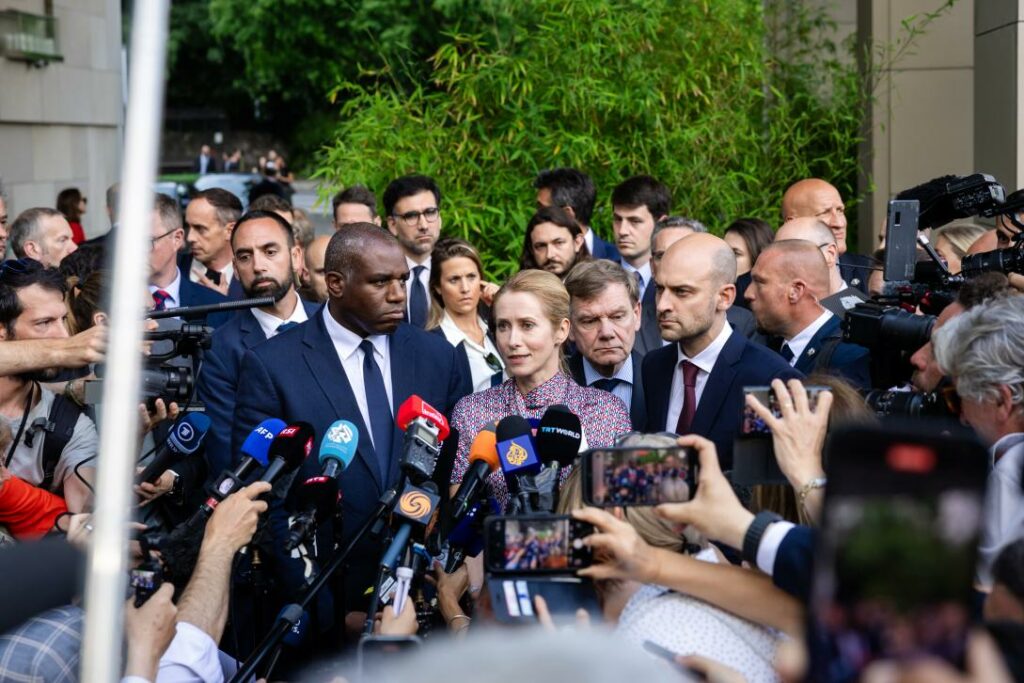Recent strikes on Iranian nuclear facilities have raised questions about the extent of the damage and the future of the country's nuclear program. While initial assessments suggested significant damage, reports indicate Iran retains the capacity to produce enriched uranium within months. This uncertainty complicates diplomatic efforts and increases the risk of further escalation.
Assessing the Damage: A Lack of Clarity

The true extent of the damage inflicted on Iran's nuclear facilities remains unclear. Intelligence suggests less devastation than initially anticipated, with Iran potentially able to resume enriched uranium production rapidly. The International Atomic Energy Agency (IAEA) inspections are crucial to fully assess the situation, but Iran's potential cooperation remains uncertain.
Contrasting Narratives: Iran's Claims and Western Assessments

Iranian officials have downplayed the impact of the strikes, claiming minimal damage. This contrasts with Western assessments, which, while acknowledging incomplete data, suggest that while significant damage occurred, Iran’s capacity for rapid recovery isn't entirely eliminated. This discrepancy underscores the difficulty of independently verifying information.
The Risk of Retaliation: A Looming Threat

Iran's potential retaliation poses a significant concern. While immediate retaliatory actions had limited impact, the threat of future attacks on vulnerable American and allied targets remains. This risk underlines the need for cautious diplomacy and de-escalation efforts.
A Narrow Path to Diplomacy: Leverage and Challenges

The situation presents a narrow path to diplomacy. While Iran's vulnerability due to the strikes offers leverage, its capacity for rapid recovery and its stated right to enrich uranium present obstacles. The US's willingness to conduct further strikes complicates matters, placing Iran in a difficult position.
The IAEA's Role: Cooperation and Obstacles

The IAEA's role in assessing the damage and monitoring Iran's nuclear program is critical. However, Iran's potential suspension of cooperation with the IAEA creates challenges, hindering transparency and increasing uncertainty. Accusations of the IAEA providing intelligence for the strikes further complicate this dynamic.
The Future of Iran's Nuclear Program: Uncertainty and Risks

The future trajectory of Iran's nuclear program remains uncertain. Iran's capacity for rapid recovery, coupled with its possible non-cooperation with the IAEA and potential for future clandestine activities, poses a significant risk. The lack of full transparency regarding the extent of the damage to the Iranian nuclear program makes accurate predictions challenging. Maintaining open channels of communication and pursuing cautious diplomacy is vital.
Looking Ahead: The Need for Measured Response

The current situation requires a measured response emphasizing de-escalation and diplomacy. Continued engagement, despite existing challenges, is crucial. Transparency and international cooperation are vital in managing the risks associated with Iran's nuclear program. The path forward requires careful consideration of all potential consequences, balancing the need for security with the pursuit of peaceful resolution.